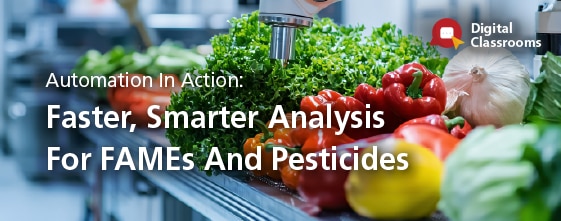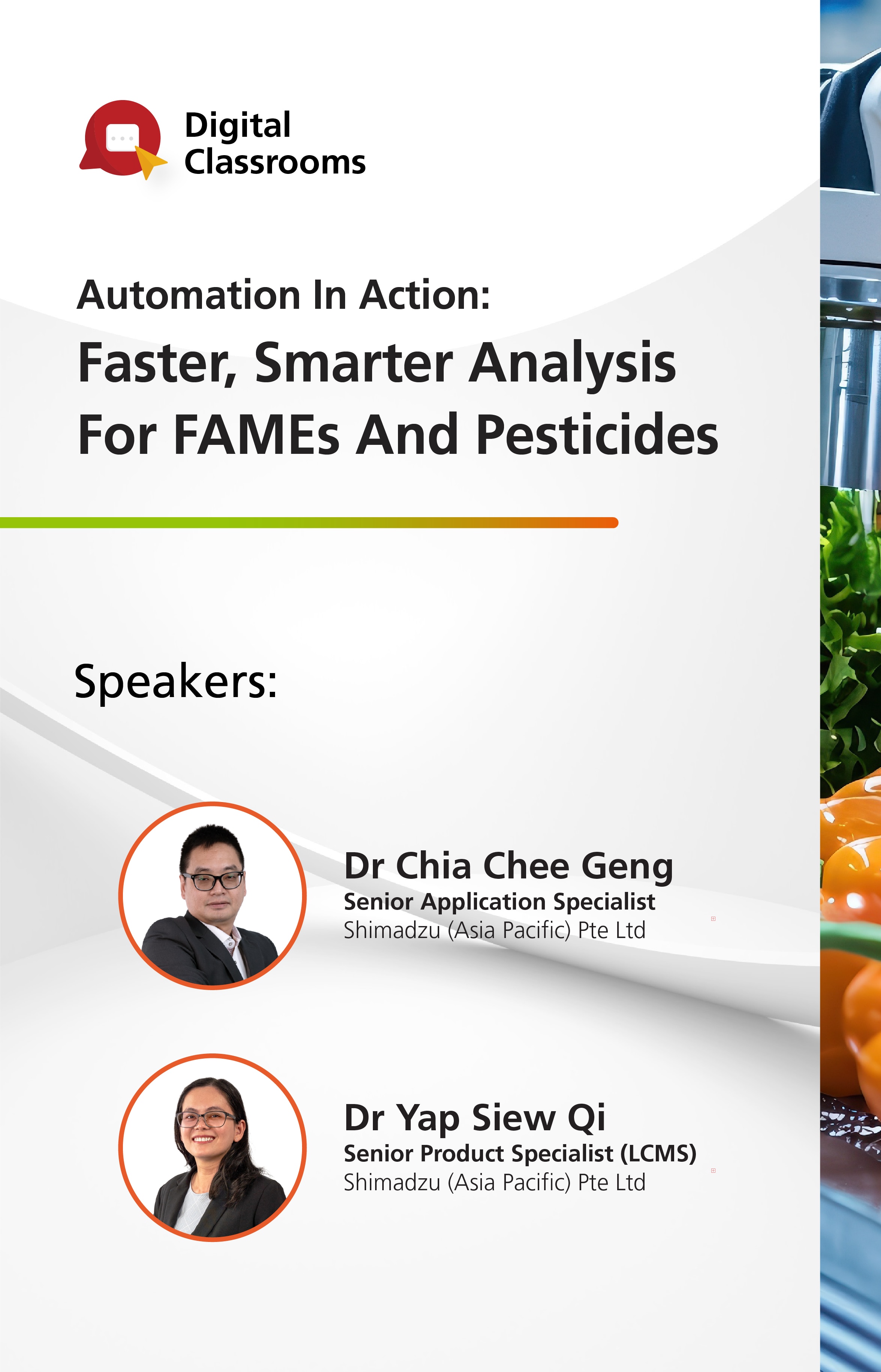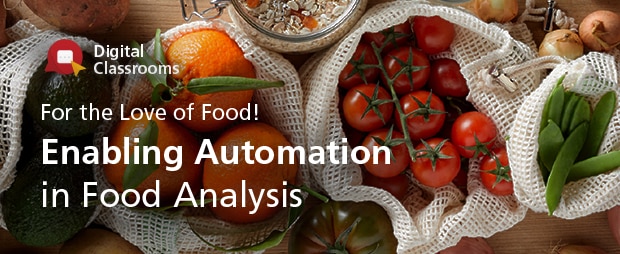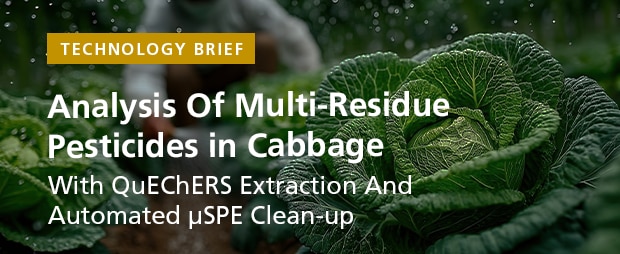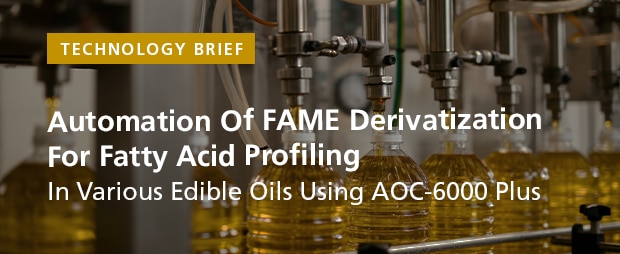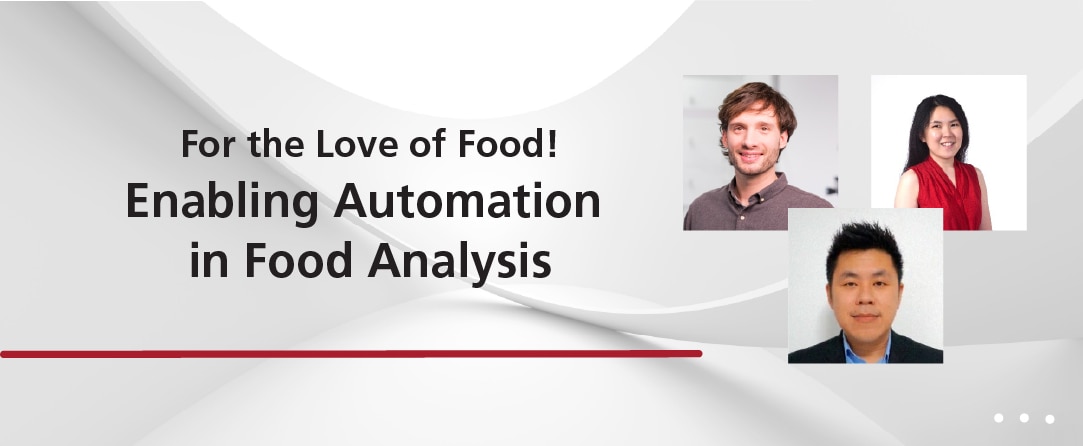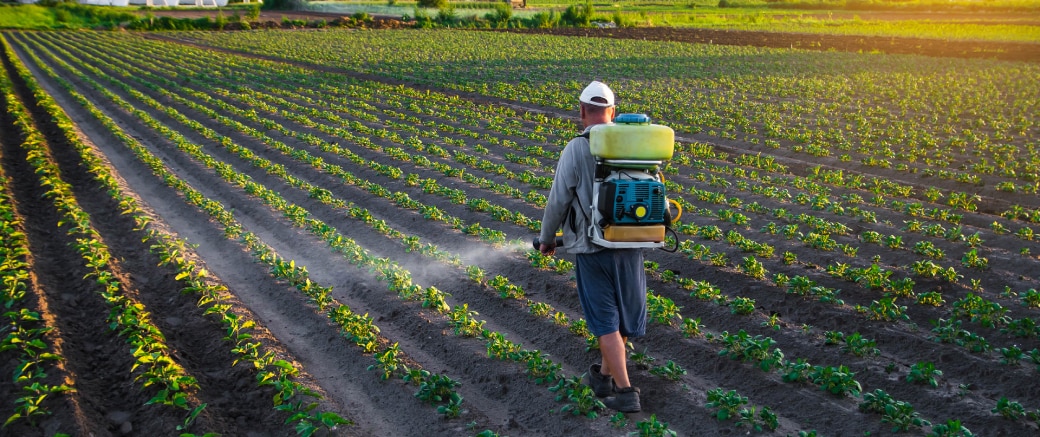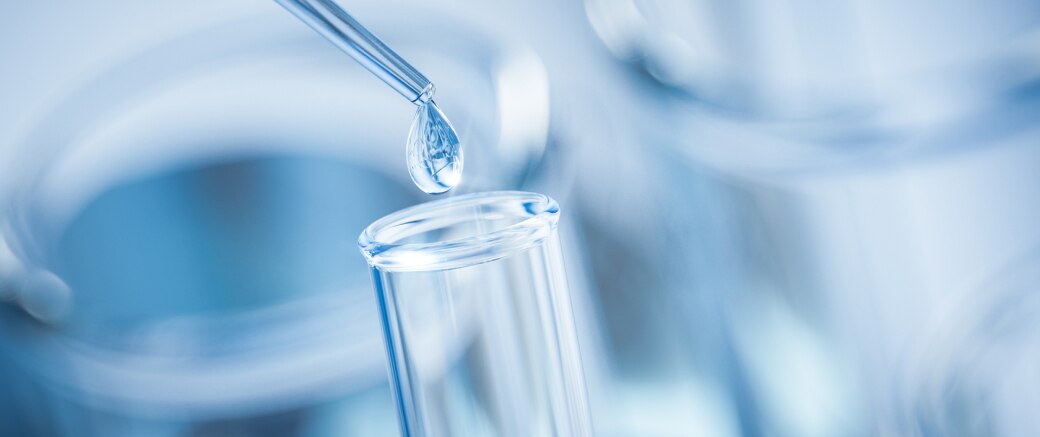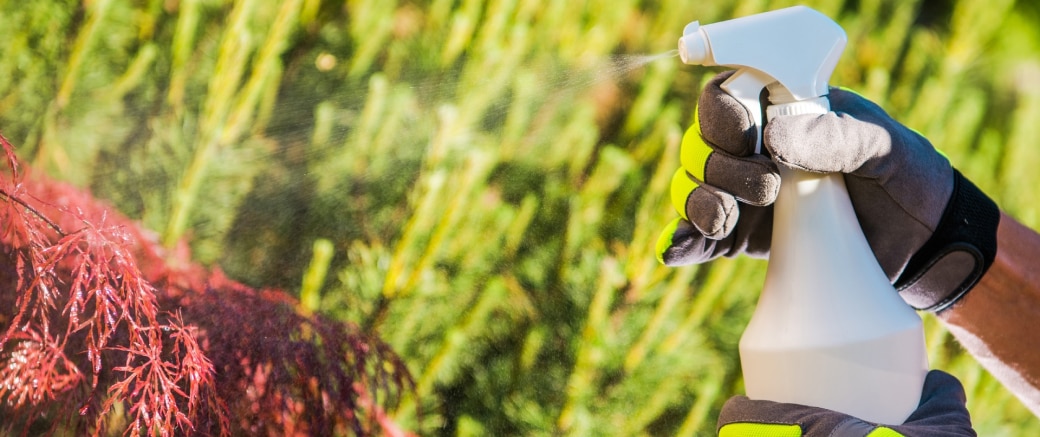Smart Pesticides Database
Food Safety First: Shimadzu’s FAMEs And Pesticide Analysis Solutions
Webinar On Demand
|
In this latest session of Digital Classrooms, discover how Shimadzu’s innovative solutions are transforming food analysis. Learn how AOC-6000 Plus enables automated GCMS workflows for FAME analysis and automated LCMS workflows for pesticide analysis. Plus, explore Peakintelligence software—a world-first AI-assisted algorithm that simplifies chromatography peak detection and accelerates data analysis for a streamlined workflow. Take the next step towards faster, smarter, and simpler food testing. Register now to unlock your laboratory’s full potential! |
|---|
Webinar Objectives:
-
Advanced Laboratory Workflows
Discover the latest advancements in Shimadzu’s AI and automation solutions.
-
Enhanced Efficiency
Learn how advanced workflows can enhance laboratory throughput and operational efficiency.
-
Practical Applications
Explore with us as we showcase how to analyze FAME and pesticides in different matrices.
How Automation Is Transforming Food Safety And Quality Control
As the global food supply chain grows more complex, food safety labs face mounting pressure to deliver faster, more accurate results. Automation has hence become increasingly essential, streamlining workflows, reducing human error, and significantly boosting testing capacity. By automating repetitive tasks, laboratories can handle higher sample volumes with precision and efficiency, meeting the demands of high-throughput environments.
For high-volume commercial labs, automation is no longer optional—it is a necessity. It enables laboratories to scale up, maintain accuracy, and meet rigorous food safety standards even in the face of today’s fast-changing landscape.
Enabling Automation In Food Analysis
With the increasing complexity of the global food supply chain, quality control has become significantly challenging, thus putting food safety in the spotlight. As it becomes ever more crucial to perform efficient quality control, automated solutions have garnered broad interest for they can provide a cost-effective way to obtain robust data with a fast turnaround time.
In this webinar, discover the capabilities when analytical testing meets innovation – learn how Shimadzu drives automation in food analysis, such as Auto-QuEChERS cleanup workflow to analyze residual pesticides in food.
Analysis Of Pesticide Residues For Safety And Quality
Pesticides play a crucial role in modern food production, directly contributing to global food security by protecting crops from harmful pests and diseases. These chemical solutions, including herbicides, insecticides, fungicides, nematicides, and more, are essential for preventing infestations and ensuring optimal crop yields.
While pesticides improve agricultural efficiency, excessive application can lead to pesticide residues on fresh produce. These residues may also spread through wind, water, or manual handling, making it critical to analyze pesticide levels to ensure food safety and protect public health.
Read more by expanding the dropdown or discover a simple and fast analytical method to quantify anionic pesticides in fruits without derivatization in one of Shimadzu's Technology Brief by clicking the button below.
FAME Derivatization
Fatty acids, the building blocks of lipids, are essential for energy metabolism and nutrition. In the food industry, fatty acid analysis is crucial for improving the quality and functionality of food products during development.
Due to the presence of carboxyl groups, fatty acids are difficult to measure directly using GC-MS systems. To overcome this, they are converted into fatty acid methyl esters (FAMEs) through methylation. FAMEs vary in characteristics such as carbon chain length and the number or position of double bonds, which are critical for determining the properties of food lipids.
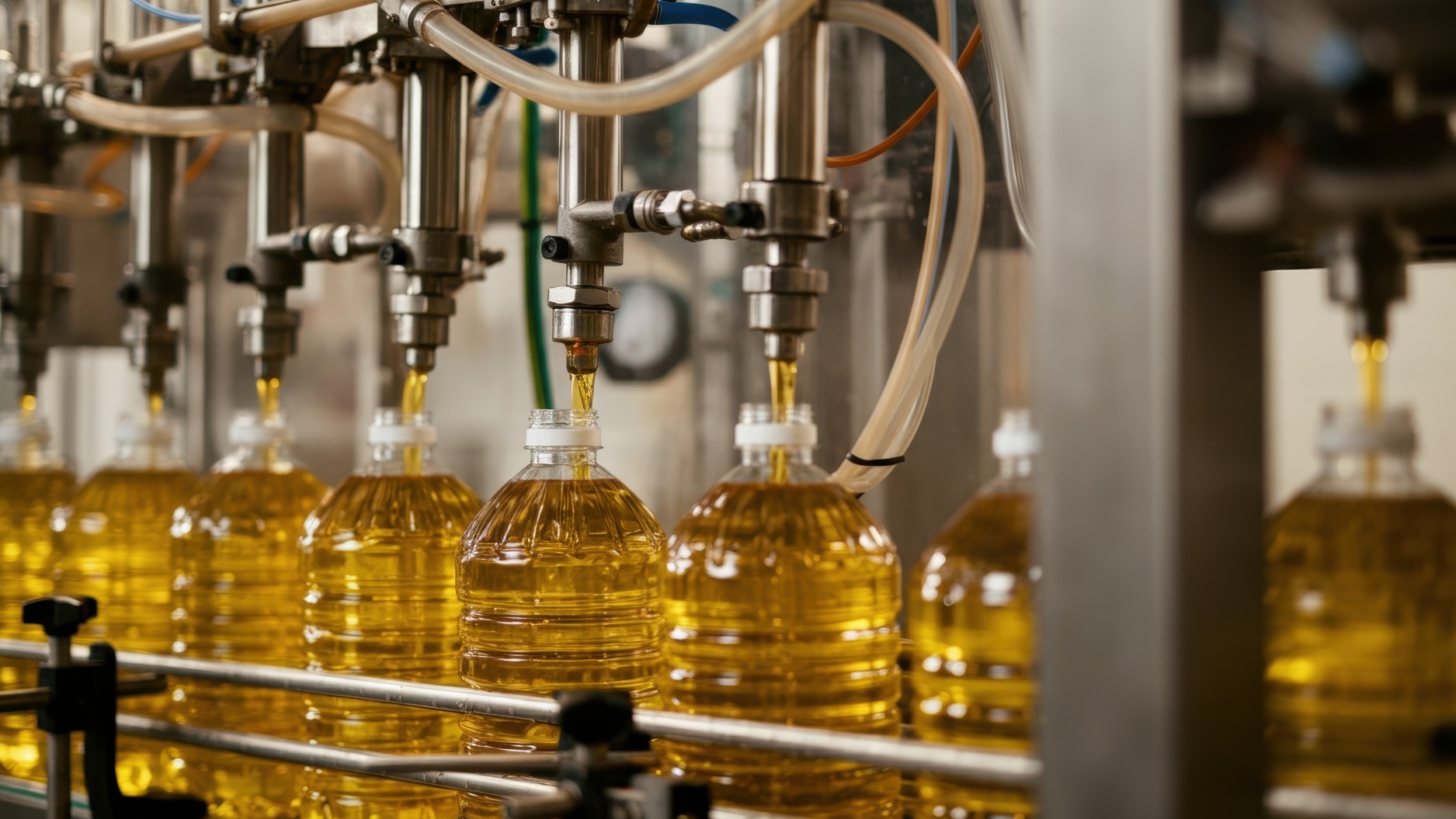
Traditional derivatization methods, however, can be labor-intensive, time-consuming, and produce significant chemical waste. Shimadzu’s AOC-6000 Plus offers a cutting-edge solution by fully automating the sample preparation process, streamlining fatty acid analysis with greater efficiency and sustainability.
Learn more in the Technology Brief below.



